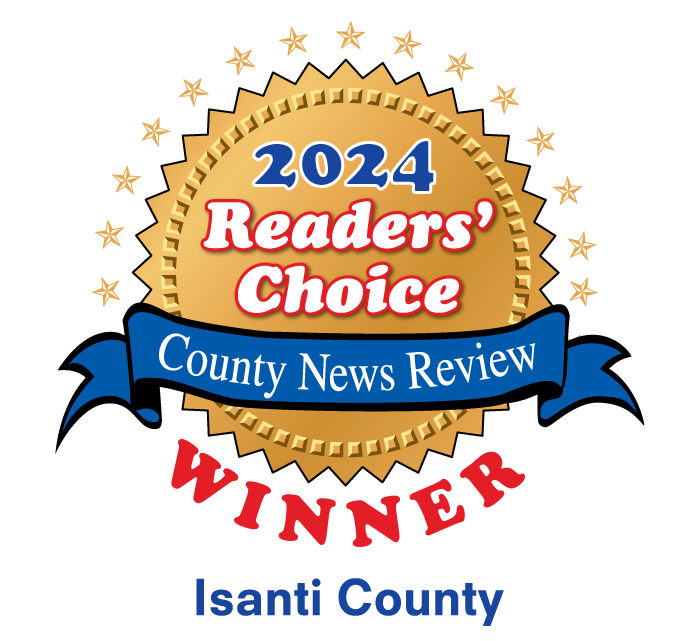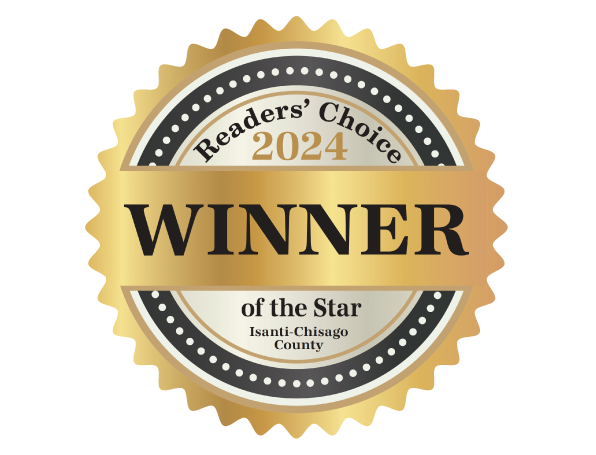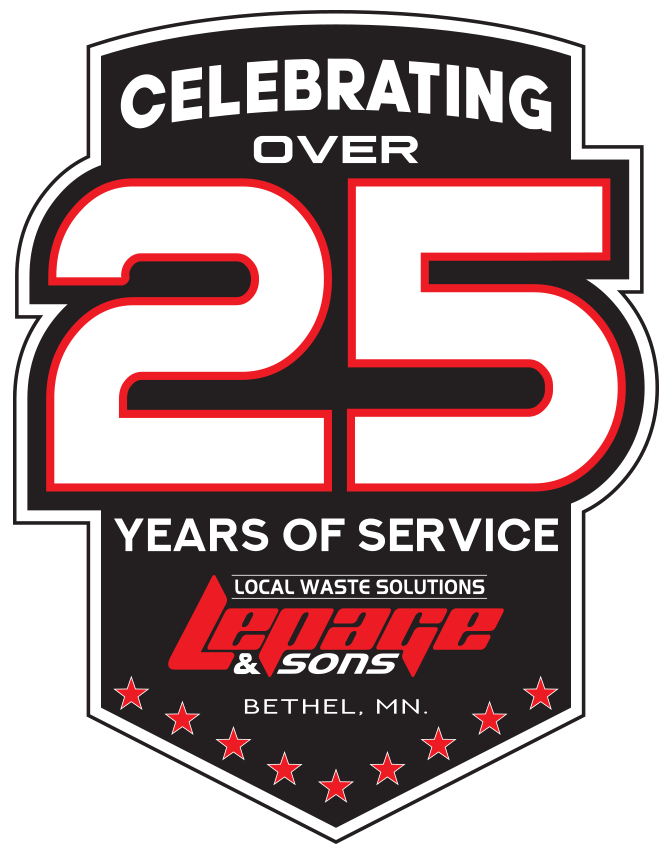Plastic Recycling: What The Numbers On Plastics Mean
January 26, 2021
MacKenzie Anderson
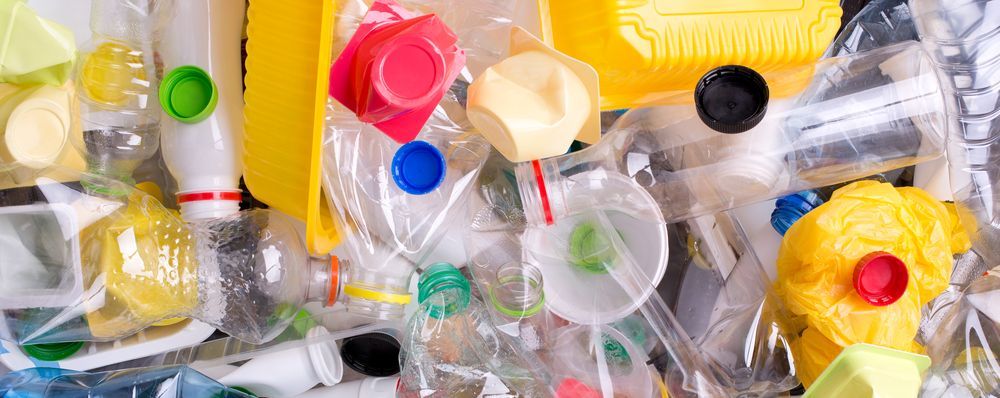
In an average American home, you can find tons and tons of single-use, recyclable plastic. We have come to think plastic recycling includes nearly everything. We store our produce in it, we get our take-out food in it, even our pets toys come in plastic packaging. But, if you look closely at each of these different types of packaging you will notice a number from 1 to 7 surrounded by three arrows forming a triangle. This is called the Resin Identification Code.
This code tells you what type of resin the packaging is made from. If you are trying to cut your carbon footprint or have any interest in the process of recycling, getting to know the meaning behind the numbers is important.
Plastic Recycling Has a learning Curve (but you can do it)
#1 (Polyethylene Terephthalate or PETE)
This is the easiest plastic to recycle and is it mostly used for water or pop bottles, peanut butter jars, salad dressing bottles, and other food packaging. It is recycled by turning it into fibers or polar fleece. This type of plastic is not ideal for reuse, as it is thin and degrades quicker than most other plastics. Meaning that there is a lot of this stuff in your and your neighbors recycling bins. Since this plastic is food safe, it is generally viewed as safe. However, it can leach a metal call antimony that is used during manufacturing. Bottles left to sit in sunlight or other exposure to high temperatures will tend to leak this metal.

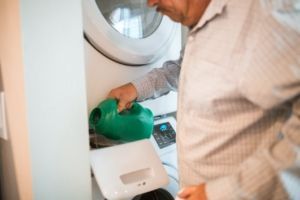
#2 (High-Density Polyethylene or HDPE)
Usually colored or opaque, this type of plastic is commonly used for milk jugs, detergent bottles, butter tubs, motor oil bottles, some shopping bags, and household cleaner bottles. This type of plastic can be recycled to make plastic lumber, bottles, or drainage pipes. It is widely viewed as the safest form of plastic. After recent studies, it was found that HDPE releases estrogenic chemicals. However, it is still one of the most low-hazard plastics.
#3 (Polyvinyl Chloride or PVC)
Commonly used for pips, shampoo bottles, medical tubing, pet toys, and window trim. It is not used in any household items that contain consumables since it contains phthalates. It can be recycled into paneling, flooring, cables, and decks.
PVC contains DEHP which is a type of phthalate that is used to soften plastics. It is not safe for storage of consumables or use by children.

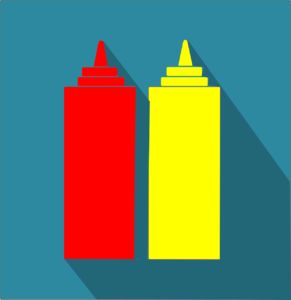
#4 (Low-Density Polyethylene or LDPE)
Think of bottles you are meant to squeeze like shampoo or condiment bottles. It is also used in many toys and plastic films such as grocery bags, shrink wrap, bread bags, and produce bags. Many recycling centers do not accept LDPE but it can be recycled into plastic bags, trash liners, and floor tiles. LDPE is widely considered one of the safest plastics can does not have any known hazardous materials used to produce or found to release after production.
#5 (Polypropylene PP)
This type of plastic is has a high melting point and can be used for many things. This plastic typically used for medical bottles, yogurt tubs, cereal box liners, bottle caps, straws, some ropes, and condiment bottles. This type can be recycled to make brushes, battery cases, and bike racks.
It can also be reused again and again since it is so durable. It is very safe for reuse since the degradation and melting point are both so high.
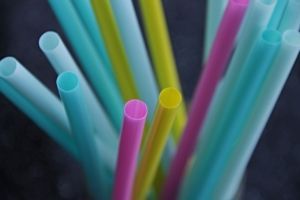

#6 (Polystyrene, PS, or styrofoam)
Styrofoam is the one plastic that is not recyclable in any form. It is commonly found in hot liquid cups, meat trays, packing peanuts, and some egg cartons.
PS should be avoided due to its impact on the environment. It breaks down very easily and ends up in waterways and animal food.
#7 (BPA, Lexan, etc)
The 7 label carries a variety of plastics. It includes baby bottles, 5-gallon water jugs, and many others. Most recycling facilities will not accept this kind of plastic, but it always worth it to call and check to see what item in the #7 category may be accepted. Many of the plastics under the 7 label contain chemicals that may leach into the liquid stored within it.
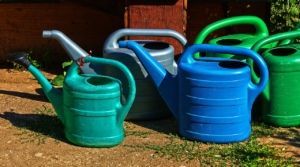
Understanding these numbers and what they mean will help you to better organize your recycling bin. You can also decide which plastics can stay and be reused in your home. Overall, it is best to check in with your recycling service about their specific policies regarding different types of plastics before putting anything into your recycling bin. Any plastics that are considered unacceptable that are received are thrown away, so it’s best to check before you chuck!
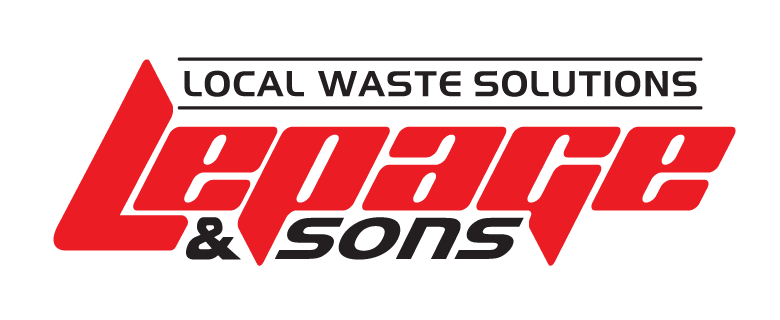

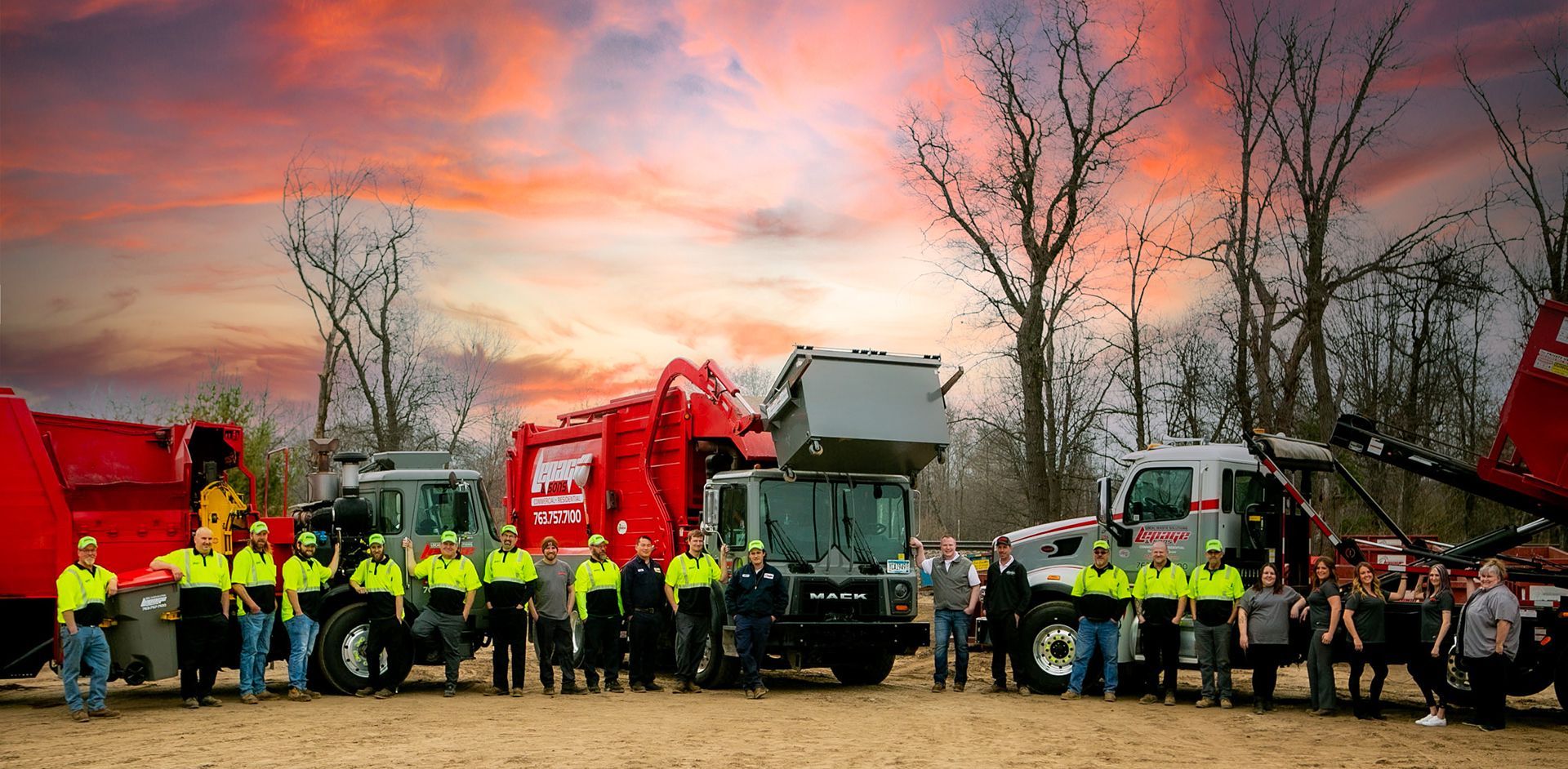


Share this article




